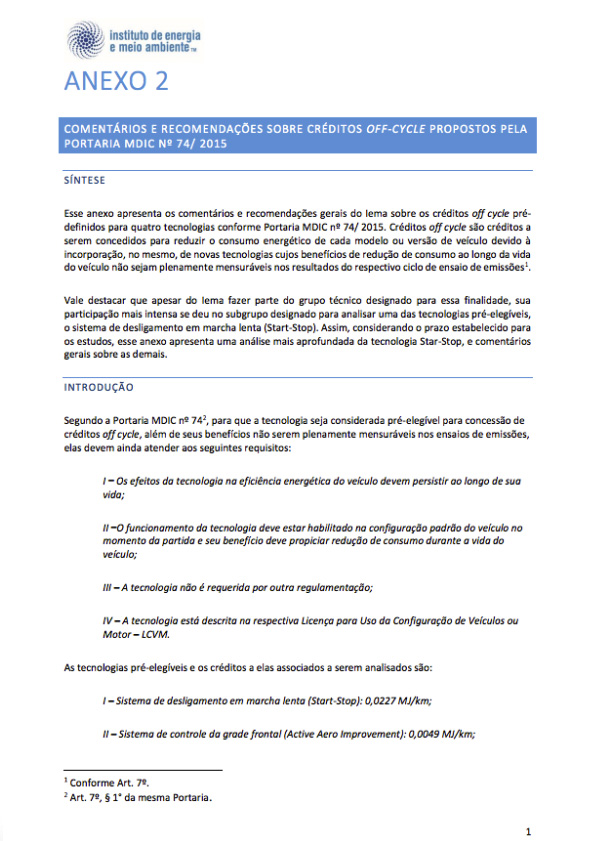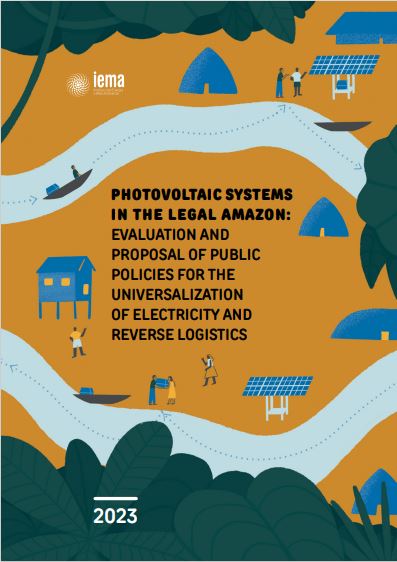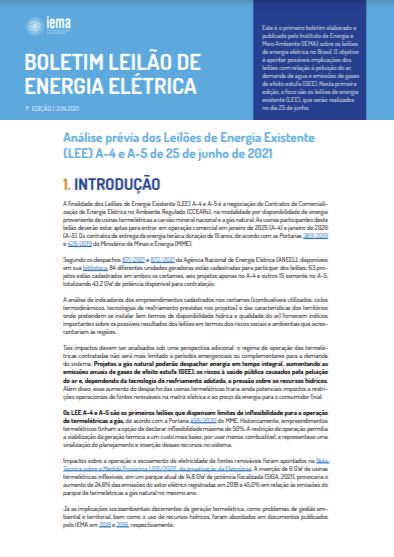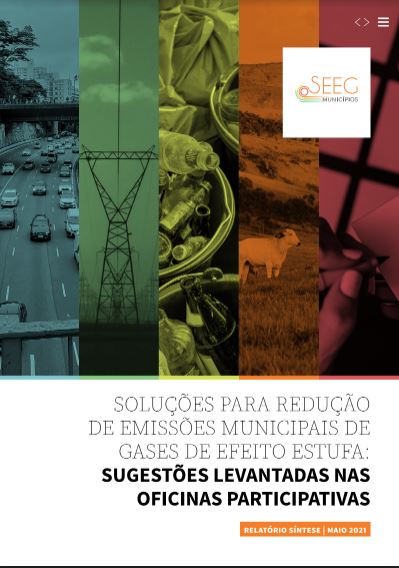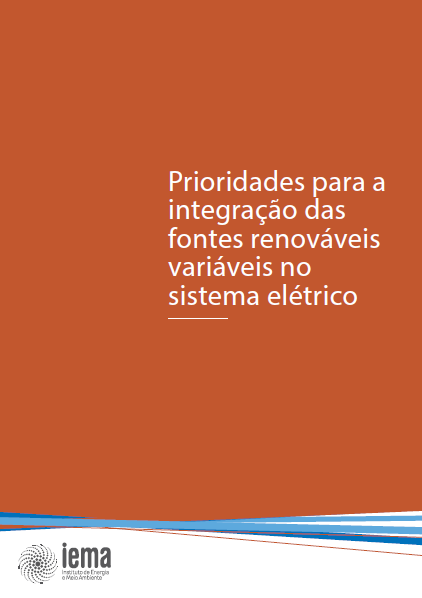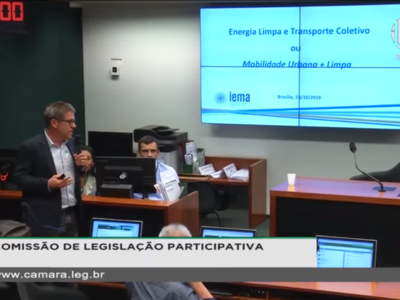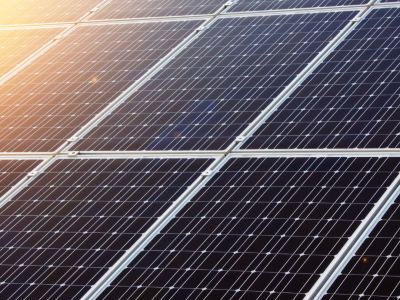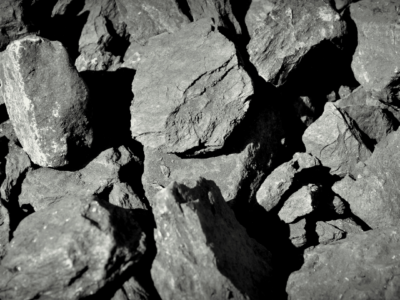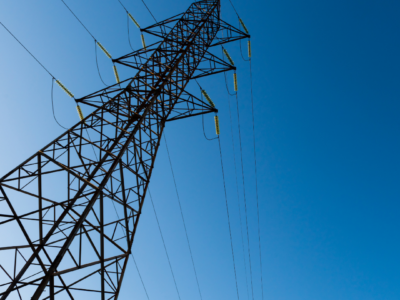The Instituto de Energia e Meio Ambiente (IEMA) published a technical opinion called “Water, thermoelectric, and renewable energy crisis: considerations on energy planning and its environmental and climate impacts.” Currently, the main measure adopted in Brazil to avoid an energy blackout is to activate fossil thermoelectric plants. In addition, the use of full-time thermoelectric plants has been implemented. Consequently, the document warns that we should expect an increase in greenhouse gas (GHG) emissions in the electricity sector, environmental impacts on air quality, limitations on the expansion of other renewable sources, and a potential worsening of the water crisis in the future. Read the full technical opinion.
“To avoid future supply risk, we suggest that the planning revises the criteria for contracting energy in the medium and long term, avoiding the cancellation of auctions of the regulated environment, as was the case in 2020, or the low contracting recorded in the last auctions of new and existing energy,” said Ricardo Baitelo, project coordinator at Instituto de Energia e Meio Ambiente (IEMA) and the principal author of the technical opinion. In the current case, long-term planning seems to have been disregarded when maximizing the activation of thermoelectric plants is the last solution to reduce the risk of new rationing. This cycle generates more GHG and can worsen droughts.
Brazil has chosen to move forward with the operation and installation of fossil thermoelectric plants, which use coal and petroleum products to generate energy. The last electric power auctions this year allowed, for the first time, the full-time operation of the contracted thermoelectric plants. In addition, Law 14182/2021, which is about the privatization of Eletrobras, determines the insertion of 8 GW of natural gas thermoelectric plants operating full-time – today, the installed capacity of thermoelectric gas plants is 15.7 GW. Over 15 years of operations, the insertion of 8 GW of thermoelectric plants will accumulate the emission of 260.3 MtCO, which is more than the emissions of the entire transport sector in 2019.
Regarding the water demand, 23 thermoelectric plants registered in the current energy auctions propose fresh water in their cooling systems, nine of which are in basins with a worrying, critical, or very critical quantitative water balance. As for air quality, of the 57 licensed plants participating in the auctions, only 18 are located in municipalities equipped with at least one air quality monitoring station. This instrument is essential to knowing the concentration of pollutants in the air breathed by the local population.
To make matters worse, this investment in thermoelectric plants can generate a cycle of more droughts. The effects of climate change already influence the variation in Brazilian hydrology, responsible for 65.2% of electricity generation in 2020. According to the bulletin released by the National Electric System Operator (Operador Nacional do Sistema Elétrico – ONS), the hydroelectric plants of the Southeast/Midwest subsystem ended August with just over 20% of their storage capacity. This recorded level follows the most pessimistic scenario projected by the agency in the prospective study for the dry period, which occurs between June and November.
Although the energy matrix has reduced dependence on the hydroelectric source in the last 20 years, in part thanks to the growth of wind and solar sources — an increase of almost 50% happened during the pandemic, while most of the other economic and industrial sectors shrank — the matrix diversification process should maintain the course, prioritizing variable renewable energies. “The security of electricity supply can be ensured by contracting flexible renewable sources and thermoelectric biomass. The development of rules for regulating electricity storage systems in the electrical system will allow its insertion throughout this decade, supporting the decarbonization of the matrix,” explained Baitelo.
